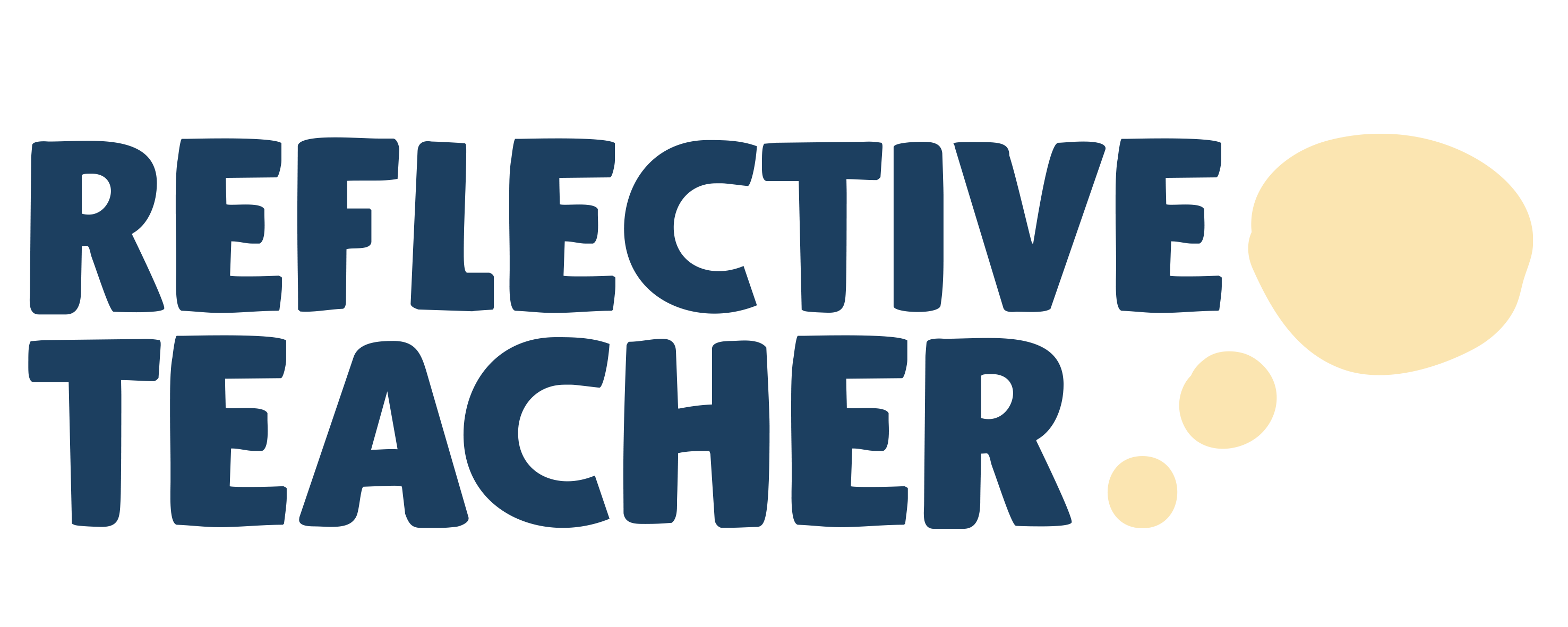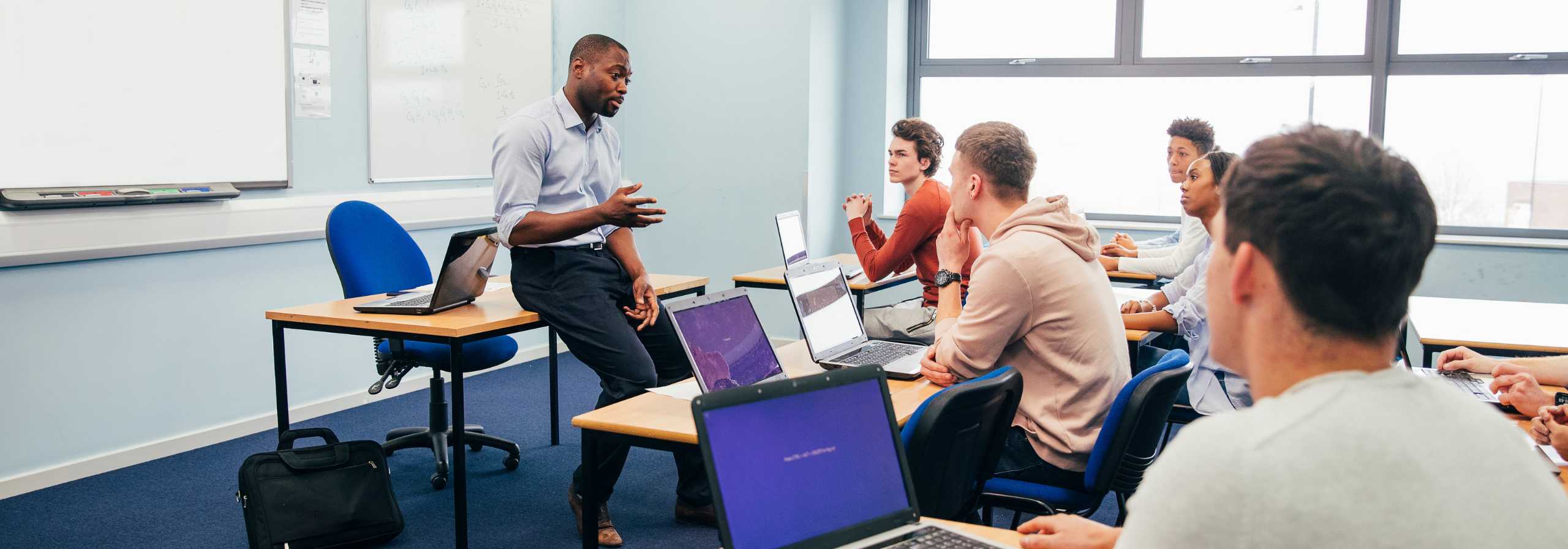Does January give you a ‘new year, new start’ boost or are you wishing you could hibernate until the spring? If it’s the latter, while we can’t physically help you get out of your bed in the mornings, we can help you get out of a rut with your teaching.
Reflective Teaching is an imperative tool for all teachers, both new and seasoned. Reflecting on your teaching practices, examining their effectiveness, and pinpointing where changes could be made, is an excellent way to improve your teaching methods. It enables you to develop a deeper understanding of your teaching, assess your professional growth, develop informed decision-making skills, and be proactive and confident in your teaching. Having a plan in place will also be beneficial for your mental health on days when your classes don’t go according to plan (which happens to all teachers, not just you).
All well and good, you may be thinking, but how do I factor this into my job when I’m already over-stretched? The good news is that a lot of this work can be done on the job and, in the long run, it’ll save time as you can work your findings into your lesson plans.
A few ways of incorporating reflective teaching into your day are: –
Teaching journals: All lessons, be they successful or ones you’d rather forget ever happened, need assessment or evaluation. The best time to do this is immediately after the lesson, while your ideas and feelings are still fresh. Make a note of both the positive and challenging experiences. Later on, you can take time to find ways to improve the problem areas and remember the methods that worked well. Revisiting the positive experiences will give your confidence a boost, which is much needed after a long, hard day.
Classroom observations: Ask a mentor to observe you, or record the lesson yourself and rewatch it. Once you get over the cringe factor, you’ll be amazed by what you learn from the experience.
Brainstorming: Discuss your classes and teaching methods with peers who can offer constructive criticism and offer to do the same for them.
Take action: Improve your skillset by taking courses to help in the areas you feel need improvement.
The benefits of reflective teaching are endless, no matter what stage of your career you’re at. Here are some of the key ones: –
Analyse this
By reflecting and analysing your teaching methods, you’ll have a much better understanding of your strengths and weaknesses. Once you know which areas you need to improve on, you can do something about it, and you can share your strengths with your colleagues.
Pattern work
Reflective teaching methods can be used to identify patterns and prevent losing your students’ focus. For example, if your students’ interest wanes at a particular time of day or topic matter, reignite their interest by introducing a different medium, such as screen projectors, online platforms or web applications.
Engage students
If your students are engaged in your class, it’ll be a much more pleasant experience for you as well as them, and they’re more likely to learn than if they’re bored and looking out of a window. Employing Reflective teaching techniques will help you to understand your student’s needs, so you know the best way to teach them. For example, if they resist individual participation, solving problems in small groups could be a more beneficial way of working.
Strengthen relationships
The more your students like and respect you, the harder they’ll work for you. Tempting as it might be to dole out sweets to win friends and influence people, a better way to achieve this is to appreciate that each student is an individual learner with individual needs. Reflective teaching practises really help you do this.
Using reflective teaching strategies enables you to analyse your students’ performance, behaviour and needs, while learning more about their personalities and traits. Allow this information to mould your teaching. Your students will perform better if they feel safe and comfortable and are more likely to enjoy your classes. By engaging directly with your students, you’ll enjoy the teaching more too and be motivated.
Problem solving
As a teacher, you need to be able to solve problems and meet challenges effectively and efficiently. Reflective teaching gives you the skills to hone your previous experiences to find solutions for certain situations.
Having taken the time to reflect on your teaching, you’re more resourceful and able to cope when problems arise in the classroom. For example, you can devise strategies and map out personalised techniques for struggling students. Reflective teaching incites your creativity and problem-solving skills. Not only does this help you in the classroom, it helps with intellectual stability and a long, healthy career.
Two-way street
Teachers use the reflective techniques to analyse students’ behaviour and identify potential weaknesses and strengths in their teaching methods. You can also invite students to reflect on your teaching. When they provide individual feedback on their learning process, you’ll get a better understanding of which methods work and which ones need improvement.
Reflection also encourages students to take some responsibility for their learning and this empowers them. Reflection can improve performance, memory, and motivation levels. It also gives them the opportunity to engage with their fellow students and develop relationships with both their peers and you, their teacher. It’s up to you if you reward them with sweets at the end of it!



No responses yet